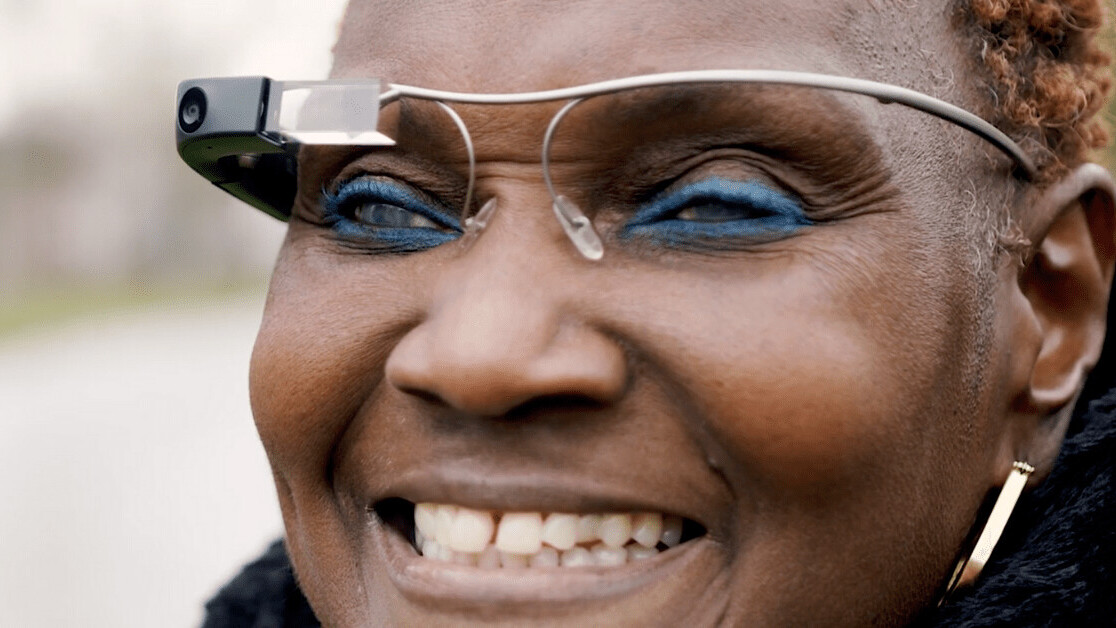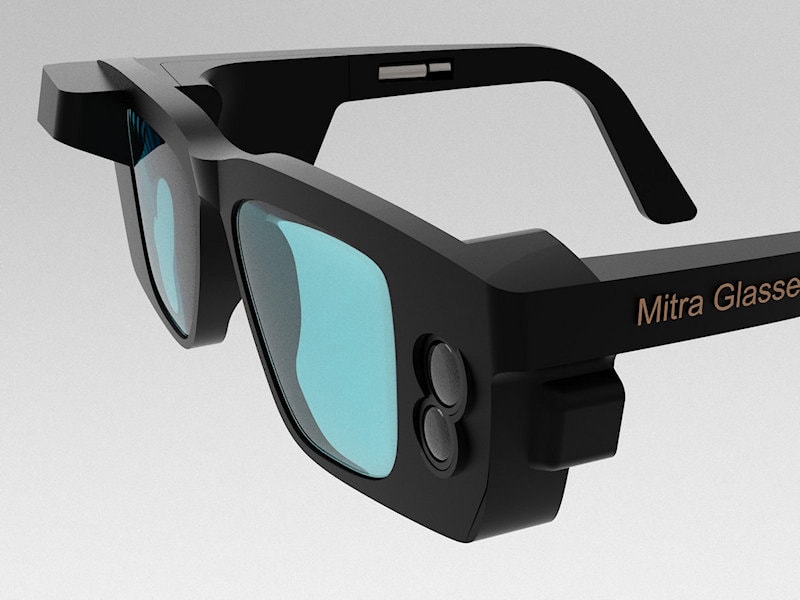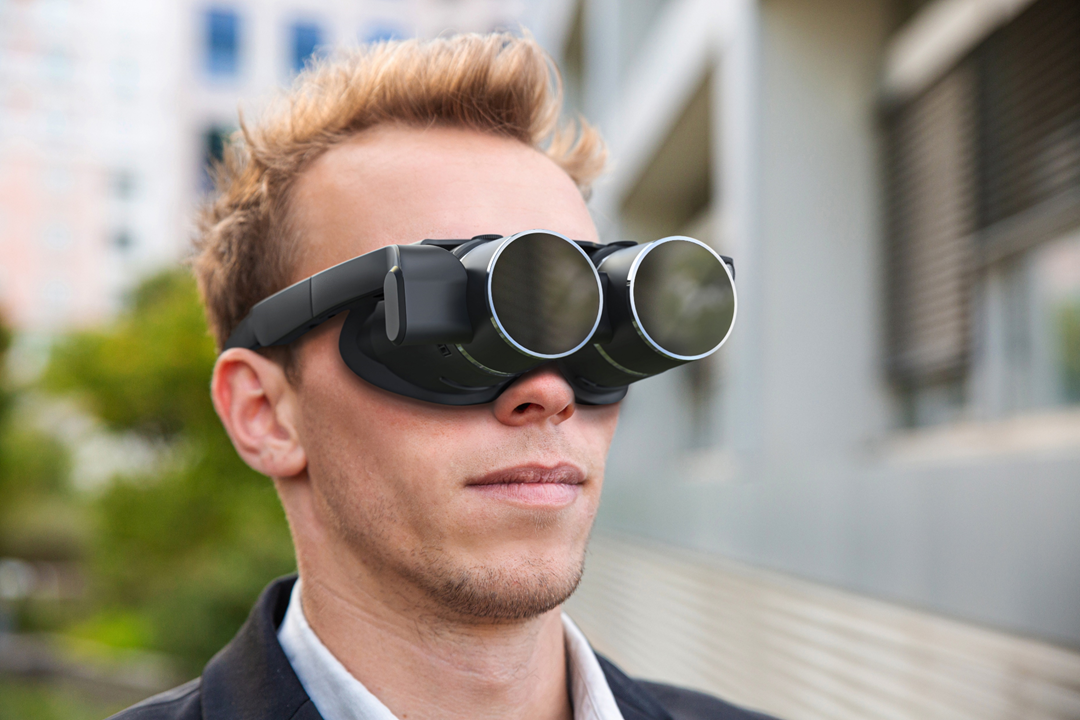Empowering Self-reliance With Assistive Technology for the Blind
The combination of assistive modern technology for people that are blind or aesthetically impaired stands for a considerable innovation in cultivating freedom and improving quality of life. With an array of devices-- from display readers to innovative tactile tools-- these innovations not just facilitate navigating and interaction but likewise promote social inclusion and participation in different elements of life.
Recognizing Assistive Modern Technology
Although assistive innovation has actually advanced substantially throughout the years, its basic function stays the very same: to boost the quality of life for people with handicaps, especially those that are aesthetically damaged or blind. This modern technology includes a broad variety of tools and gadgets that assist in independence and performance in day-to-day tasks.
Assistive technology can be categorized into state-of-the-art and low-tech solutions, each created to satisfy details needs. Modern tools commonly include software program applications, specialized equipment, and flexible devices that use advanced modern technology to offer support in numerous contexts. Conversely, low-tech services might involve daily things that are changed to improve ease of access, such as magnifiers or tactile pens.
The assimilation of assistive technology into the lives of people who are blind or visually impaired not just advertises freedom but also fosters social inclusion and engagement in instructional and expert environments. By leveraging these technologies, customers can navigate their surroundings, accessibility information, and connect efficiently, therefore enhancing their total high quality of life. Recognizing assistive technology is crucial for experts, advocates, and caretakers who intend to support individuals in maximizing their possible and accomplishing higher independence.
Kinds of Assistive Instruments
Assistive devices for the blind and visually damaged are necessary devices that boost daily obeying attending to details obstacles experienced by individuals. These devices can be generally classified right into three primary types: optical gadgets, electronic gadgets, and sensory tools.

Sensory tools, such as Braille displays and tactile maps, supply alternate ways to get info. Braille presents convert electronic message right into Braille, allowing users to check out with touch. Tactile maps use spatial understanding through raised lines and textures, permitting far better ecological awareness.
With each other, these assistive devices encourage individuals with visual impairments to involve even more totally with their surroundings, advertising greater freedom and confidence in daily tasks.

Influence On Every Day Life
The integration of assistive innovation right into the day-to-day lives of individuals that are blind or aesthetically impaired substantially enhances their capability to browse and communicate with the world around them. Instruments such as screen visitors, Braille presents, and mobile applications promote access to details, permitting users to engage with electronic material, connect properly, and handle everyday tasks independently.
In addition, technologies like clever glasses and navigating apps offer real-time help in unfamiliar settings, enhancing flexibility and self-confidence. These devices enable users to identify challenges, read signs, and also identify faces, hence promoting a feeling of autonomy in public spaces. In addition, home automation systems, which can be managed via voice commands, enable individuals to handle their living environments much more successfully, improving convenience and security.
The impact of assistive innovation extends beyond useful jobs; it advertises social inclusion and emotional wellness. By connecting the gap in between people and their surroundings, these innovations empower individuals to take part fully in community tasks, seek instructional possibilities, and involve in meaningful connections. Ultimately, the improvement of assistive modern technology is critical in redefining the possibilities for individuals that are blind or aesthetically damaged, causing a much more comprehensive and available culture.
Success Stories and Endorsements

An additional powerful review originates from Mark, a recent university graduate that utilized display reading software throughout his scholastic journey. This modern technology allowed him to gain access to program materials and take part in discussions, eventually causing his effective transition right into the labor force. Mark credits assistive technology for encouraging him to achieve his career goals, highlighting its duty in leveling the playing area for individuals with visual impairments.
Furthermore, recreation center have actually reported increased engagement in their programs many thanks to the introduction of accessible digital systems. These platforms have made it easier for people to connect, share sources, and support each other. These success stories jointly highlight the profound effect of assistive technology in cultivating independence, boosting top quality of life, and breaking down barriers for the aesthetically impaired and blind neighborhood.
Future Trends in Assistive Tech
Emerging technologies are poised to change the landscape of assistive technology for people who are aesthetically internet impaired or blind. Technologies in synthetic intelligence (AI) and equipment learning are enhancing the capabilities of gadgets, enabling even more instinctive user experiences. AI-driven applications are progressively able to check out and acknowledge things text aloud in real-time, supplying customers with valuable information regarding their environments.
In addition, improvements in wearable modern technology are go to the website creating new possibilities for independence. Smart glasses geared up with enhanced reality functions can overlay important information onto the customer's field of view, assisting in navigation and interaction with the environment. Additionally, the integration of Net of Things (IoT) gadgets is enhancing availability in smart homes, permitting customers to manage devices and get notices via voice commands or tactile interfaces.
The growth of braille screens and responsive feedback systems is also on the rise, promoting accessibility to electronic web content and improving communication. As these technologies remain to progress, they guarantee to enhance everyday living, academic chances, and employment potential customers for individuals with visual disabilities. Continual partnership between technologists, individuals, and advocacy groups will be necessary in guaranteeing these technologies fulfill the needs of the area efficiently.
Final Thought
To conclude, assistive innovation plays a critical duty in boosting the freedom check this of people that are blind or visually damaged. By providing vital devices and sources, these modern technologies facilitate boosted navigating, communication, and access to details, consequently cultivating freedom and confidence. The transformative influence of assistive gadgets not only advertises efficient interaction with the atmosphere yet also motivates social addition and engagement in different elements of life, eventually equipping individuals to prosper within their communities.
The combination of assistive technology for people who are aesthetically impaired or blind represents a significant advancement in promoting self-reliance and boosting top quality of life.The combination of assistive innovation right into the lives of individuals who are blind or visually hindered not just promotes autonomy but likewise cultivates social addition and involvement in specialist and instructional settings. Inevitably, the development of assistive innovation is crucial in redefining the possibilities for people who are aesthetically impaired or blind, leading to a much more accessible and inclusive society.
Many people that are blind or aesthetically damaged have shared inspiring success stories that highlight the transformative influence of assistive technology on their lives.In conclusion, assistive innovation plays a pivotal role in improving the freedom of people that are aesthetically impaired or blind.